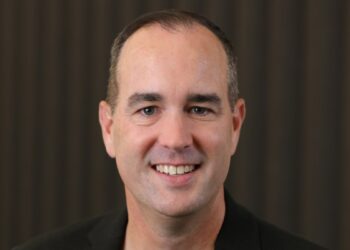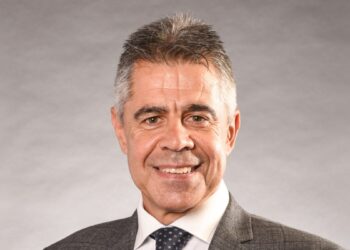CommSec says that between 2023 and 2025, investor allocations to term deposits and high-yield savings rose from 9 per cent to 11 per cent, according to Investment Trends, as newer investors are using cash as a buffer, while SMSFs prioritise stability and liquidity. This trend is particularly prevalent among younger investors between 18-24, where allocations rose from 14 per cent to 19 per cent.
This shift is also evident in CommSec’s Commonwealth Direct Investment Account (CDIA), which has seen balances grow 14 per cent since mid-2024 as investors seek flexibility to act quickly when markets change.
However, there seems to be a turnaround in the process, according to global investment platform Webull Securities Australia.
Rob Talevski, chief executive of Webull, said whilst it did see investors across the board have a flight to cash throughout 2023 and the majority of 2024 amid a backdrop of soaring cash rates, high inflation, stalling global economies and US-led market volatility during the run up to the US president election in late 2024, that certainly hasn’t been the case in 2025.
“In fact, we have seen clients, particularly young investors and SMSF investors (of all ages), deploy capital into the equity markets at warp speed throughout 2025 as investors rode a wave of record market gains, both locally and internationally,” Talevski said.
“However, that doesn’t mean young and SMSF investors totally abandoned cash in 2025 as cash rates fell. We have seen those investors move into higher-yielding money market funds, as well as exploring the wave of newly launched credit funds to replace exposure to the now defunct hybrid securities.”
Talevski added he has also seen investors defend against market volatility through investing in precious metals – mostly via ETFs – as well as taking broader positions via index ETFs rather than individual stock positions or thematic ones.
“Looking at specific age demographics within the SMSF investor space at Webull, we do see younger SMSF investors more inclined to trade risk to seek higher returns than those who are in their later life stage and hence have a significant level of their portfolio allocation in listed securities.”
Nicholas Ali, head of technical for Neo Super, said he has noticed people keeping contributions in cash and taking some profit off the table and holding the proceeds in cash.
“It also seems to be older clients with larger account balances,” Ali said.
“Whether it is because markets are frothy, impending Div 296 tax or some other drivers, we are not sure.”
Ciara Conway, general manager at Stake Super, said its SMSF platform data indicated that when markets experience heightened volatility, there were clear shifts in portfolio allocation.
“Specifically, we are seeing more money being directed into high-dividend and high-cash yield instruments. This suggests a tactical move by trustees to protect capital and maintain portfolio stability,” Conway said.
“It’s important to note that this behaviour plays out in a measured way. It’s less about a sudden, broad shift into a new asset class and more about those trustees who already hold these instruments increasing their exposure. When volatility rises, those already invested in income-generating assets typically boost their allocations sharply but temporarily, rather than there being a sudden wave of new entrants.”
She added that over the longer term, however, participation in these higher-yield options has continued to grow, indicating a longer-term appetite among trustees for dependable income streams within their SMSFs.
According to data from Class’ Annual Benchmark Report released in September, by law, every SMSF must have a bank account, so almost all funds held cash or term but direct Australian shares remained the most popular investment, and represented 27.5 per cent of total assets as at 30 June 2025.
The report showed that direct property was the second-largest asset class by value, accounting for 21 per cent of Class SMSF assets in FY25, down slightly from 22.2 per cent in FY24.
ETFs remained a popular choice for SMSF trustees and were the only asset class to increase in popularity in FY25, with the proportion of Class SMSFs holding them rising.


